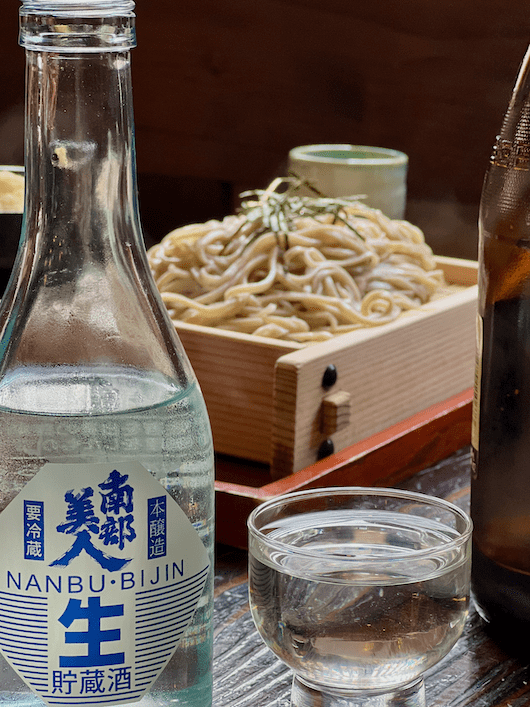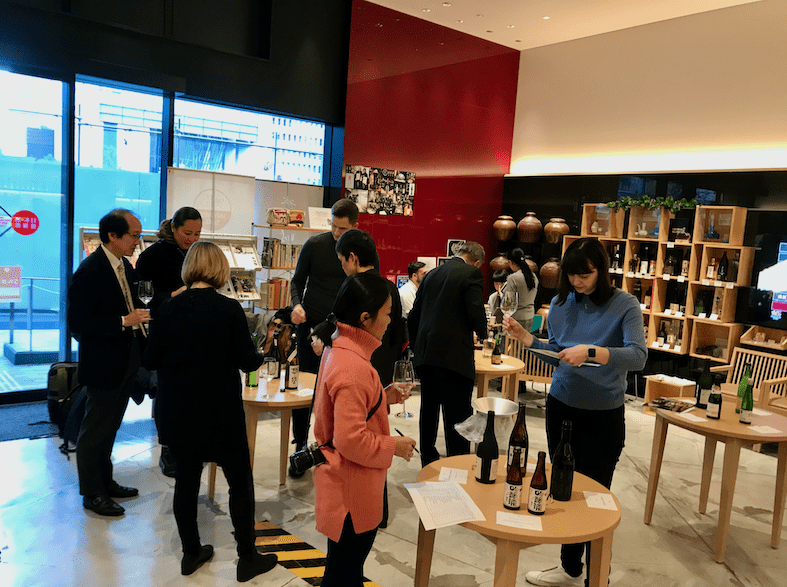Sake, being Japan’s national alcohol is deeply intertwined with its culture. Seasonality of Sake is one such aspect of its cultural context, where the production, release, and enjoyment of different types of sake follow a unique calendar. It offers connoisseurs a diverse range of flavors throughout the year, that not only enhance the drinking experience, but also connects them with Japan’s rich brewing traditions and cultural rhythms.

The Sake Production Calendar
Sake brewing follows an annual cycle that aligns with Japan’s natural seasons. Traditionally, the brewing season starts in late autumn and extends through early spring. This is due to the ideal cold temperatures, which help control fermentation and maintain the desired characteristics of sake. Even with the advancement of technology where temperature controlled environments can be largely ensured, the significance of sake’s natural production cycle does not diminish, as nothing can beat the natural rhythm of nature.
The four seasons and the typical sakes associated with them are :
Winter (December – February)
Freshly brewed Shiboritate (newly pressed sake) makes its debut during winter. This sake is often bold and slightly effervescent, offering a lively and robust profile. Shiboritate complements winter dishes such as hot pots and rich stews. Many Nama (unpasteurized) sakes are also released in winter, adding an extra layer of brightness and vibrancy to the season.
I sampled Shiboritate in the Nakagawa brewery in Tottori Prefecture and the experience was nothing short of surreal!
Spring (March – May)
As nature awakens, so does the release of Haruzake (spring sake). Mostly an unpasteurized sake, it is characterized by fresh and vibrant flavors, embodying the renewal and liveliness of spring. Haruzake pairs wonderfully with seasonal dishes like young bamboo shoots and fresh greens. It works very well with cold soba noodles.

It is important to note that the seasonal definitions are generic descriptors of sakes released during a particular season, and different types of sakes like Junmai, Ginjo, and Nama can form part of these seasonal sakes.
Summer (June – August)
The warmer months call for Natsuzake (summer sake), which is typically light, crisp, and refreshing. Designed to be enjoyed chilled, Natsuzake offers a cooling respite from the heat and complements summer fare such as fresh greens and grilled seafood. Many summer sakes are made with Ginjo or Daiginjo styles, which emphasize fruity and floral aromas, making them highly refreshing.

Autumn (September – November)
This season welcomes Hiyaoroshi, an autumn-exclusive sake that has been aged over the summer and pasteurized only once. This aging process results in a mellow, well-rounded flavor with a slight umami depth. Hiyaoroshi pairs beautifully with autumnal dishes like grilled mushrooms and hearty meats. Junmai-style Hiyaoroshi is common, as its rich umami complements the flavours of fall.

Where to sample Seasonal Sake?
The best option to sample seasonal sake would of course be in Japan, for an unparalleled freshness and a humongous range available. In Tokyo, the tasting centre at Japan Sake and Shochu Makers Association (JSS) is a great place to experience seasonal sakes, as it frequently updates its sake lists from all over Japan.

Japan’s izakayas, sake breweries, and specialty sake bars can also be great options. Internationally, sake festivals and specialty Japanese restaurants also curate seasonal sake menus, ensuring that enthusiasts worldwide can enjoy these unique expressions of sake throughout the year.
Hope you are able to enjoy some of these sake beauties pretty soon!


